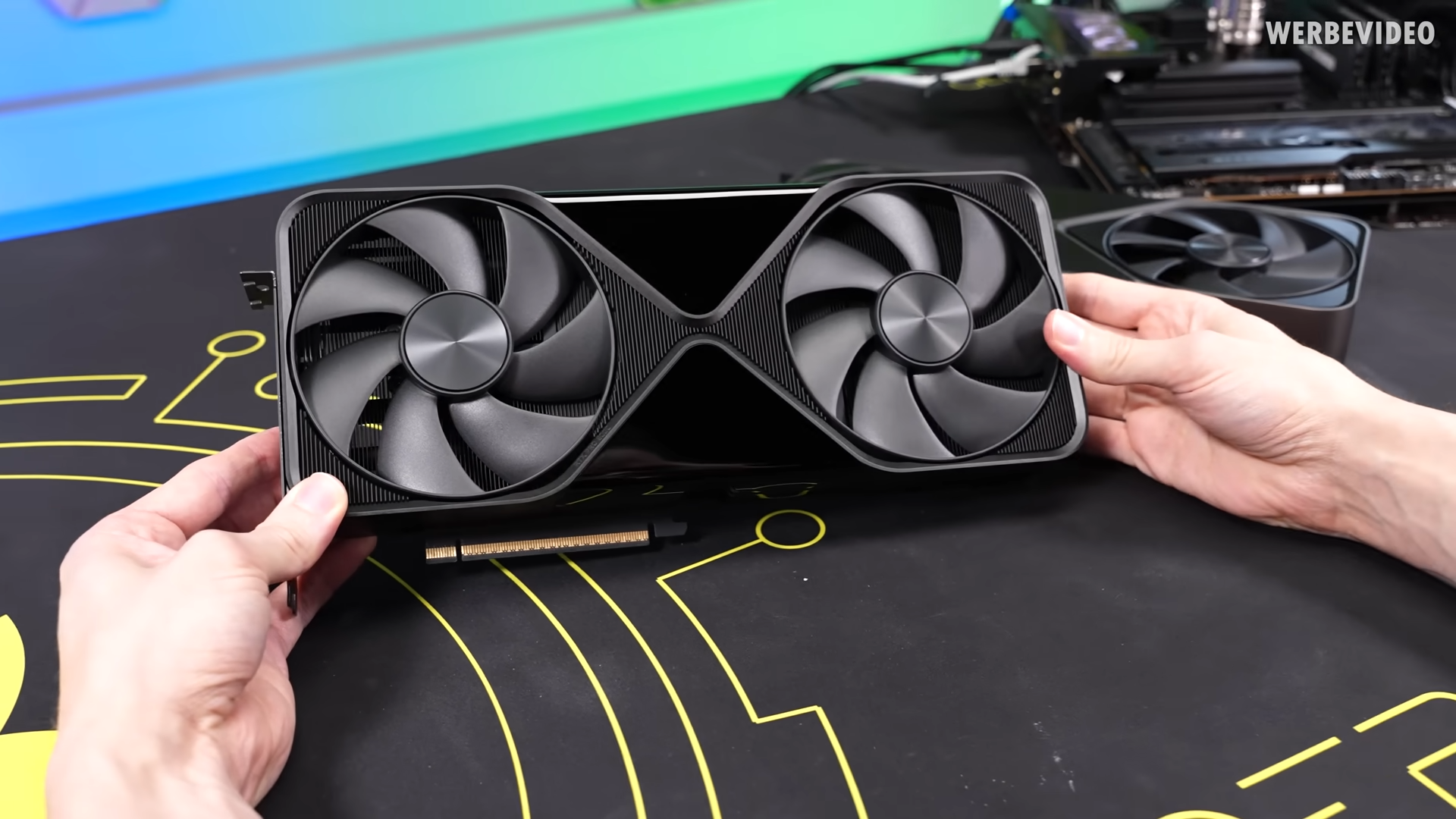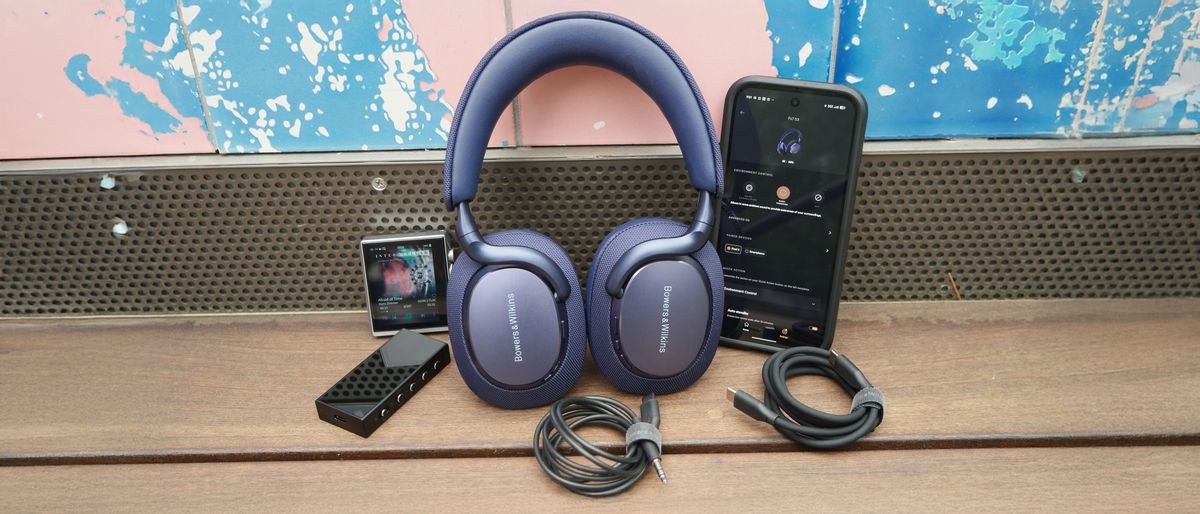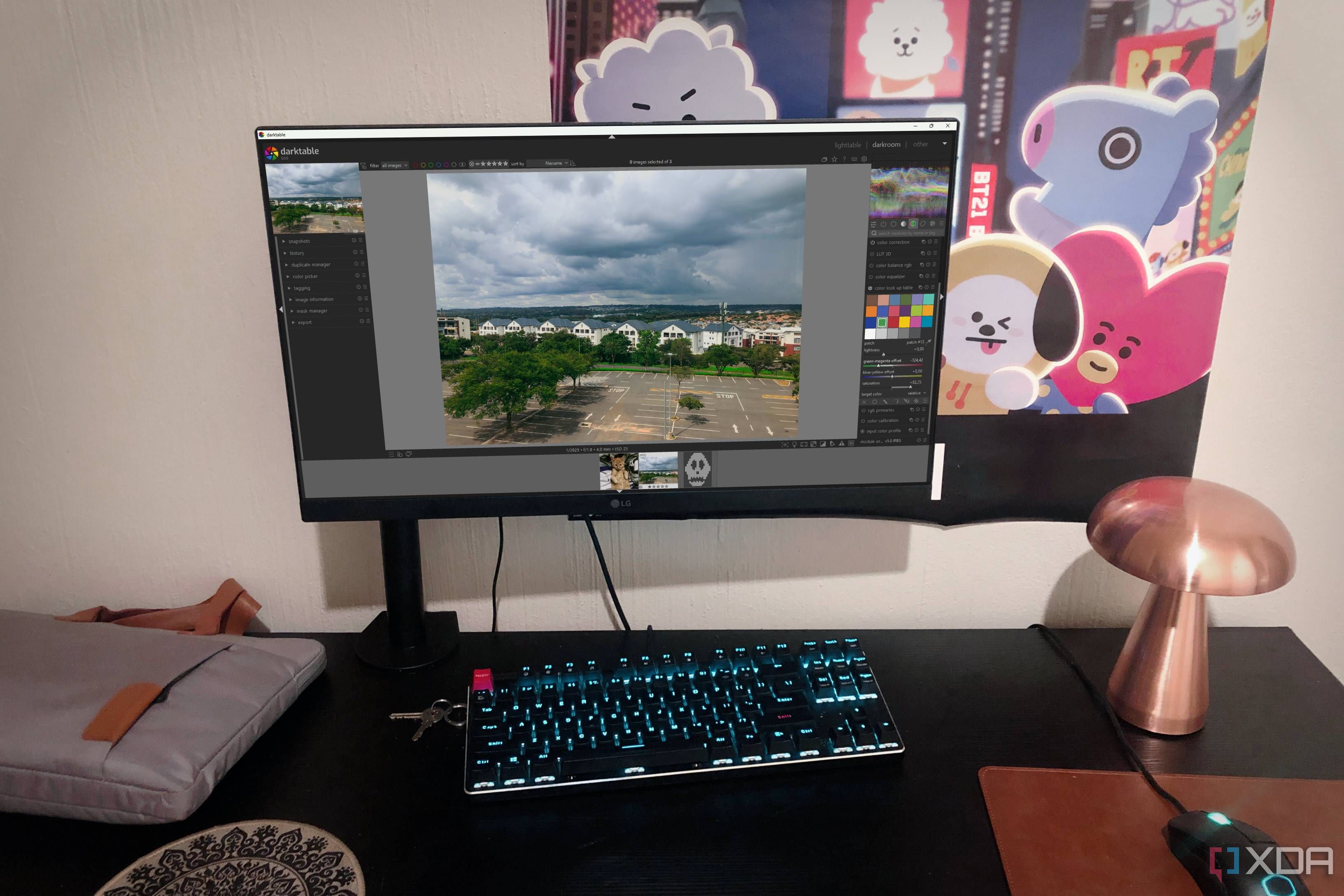Summary
- Nvidia now holds record 92% of GPU market, beating AMD and Intel
- Nvidia's Q1 sales of 8.5M outshine AMD's 750,000 sales, despite AMD's recent product launches
- JPR data on sales to board partners show Nvidia dominance, but overall retail sales might be closer
Nvidia now commands 92% of the discrete GPU market, which is its highest-ever market share. In its first report for 2025, Jon Peddie Research revealed that Nvidia has climbed from an 84% market share in the last quarter of 2024 to 92% in the first quarter of this year. Meanwhile, Intel slipped from just a 1% market share to 0%, and AMD went from 15% down to 8% — its lowest-ever market share. Those are shocking numbers, frankly, considering not only the criticisms Nvidia has earned with GPUs like the RTX 5060, but also claims from AMD that its new RX 9000 GPUs have been some of its most successful ever.
And AMD's slips to all-time low
Tom's Hardware has been tracking JPR's data since 2014, and the most recent numbers are the highest and lowest for Nvidia and AMD, respectively. Although Nvidia has consistently maintained a large lead over AMD for the past decade, its market share has only climbed over 90% twice — and the first time came just last year. For reference, in 2017 when AMD had its RX 580 and Nvidia its GTX 1080, Team Green sat around a 65% market share, while AMD commanded somewhere around 35%. Despite big flagships like the RX 7900 XTX, AMD's share has only dropped over the past few generations.
Although Nvidia has enjoyed a market leader status for the better part of two decades, the shifts are surprising. According to Tom's Hardware, Nvidia sold around 8.5 million discrete desktop GPUs in the first quarter of the year, while AMD sold somewhere around 750,000. Even more surprising, Tom's Hardware claims that AMD's sales dropped for the first time despite launching new products. Even with Nvidia's dominant market share, you'd expect to see an increase in sales when either company launches new GPUs.
These numbers need some context, though. JPR looks at sales that AMD and Nvidia made directly. In other words, these numbers don't show the number of graphics cards users actually bought at retailers. They're looking at the number of GPUs Nvidia and AMD sold to board partners. Those numbers correlate with sales to end users — board partners will buy more inventory for higher market demand — but the sales at retailers would likely be closer, if only by a bit.
That context explains AMD's shockingly low sales. JPR claimed that AMD shipped close to 1.5 million GPUs to partners late last year, building a stockpile of product that could sell over the course of multiple quarters. The shipments for the first quarter of 2025 don't account for the months of inventory AMD built up. Although it's an interesting note, even selling 1.5 million GPUs would put AMD significantly behind Nvidia, despite the positive reception of cards like the RX 9070 XT.
.png)












 English (US) ·
English (US) ·